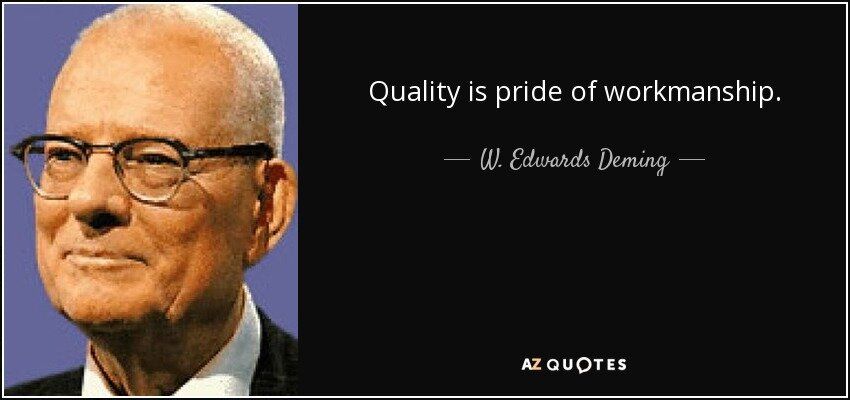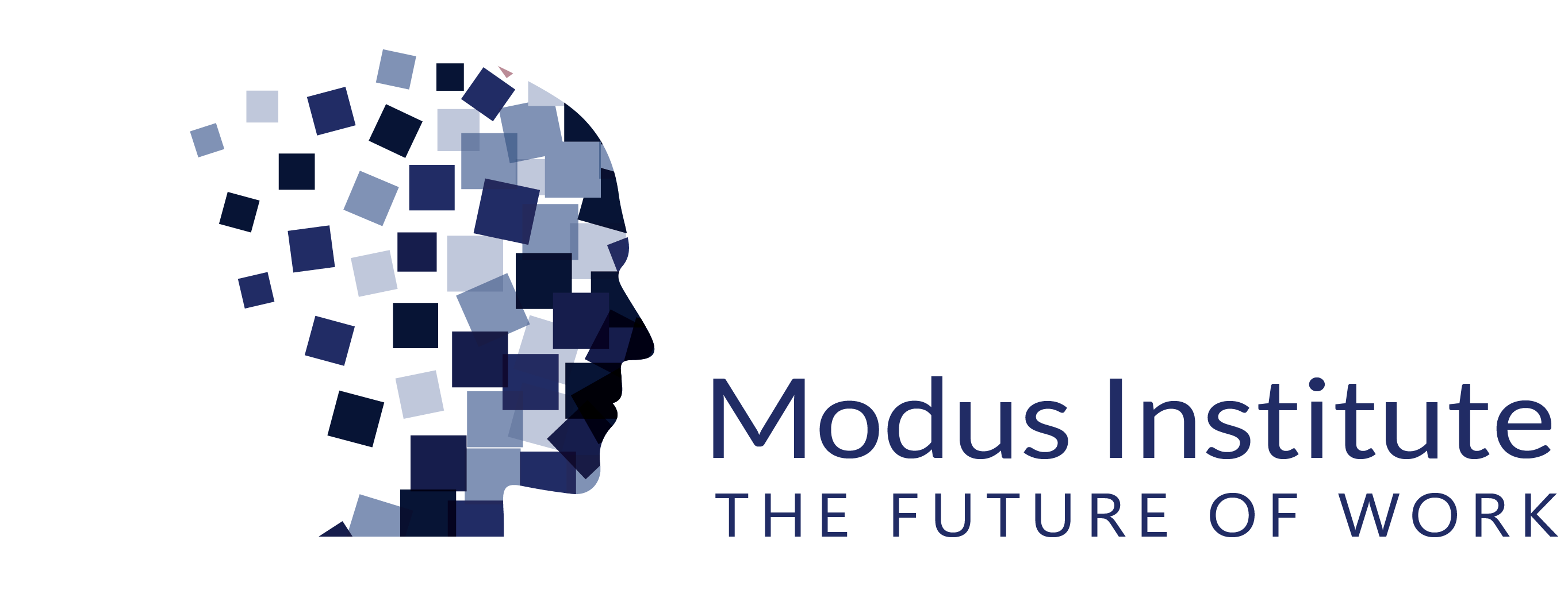PDSA As A Lean Agile Lens
Nov 30
We want to grow as professionals. We want our products to be better, our know-how to be deeper, our impact to be known and recognized.
This is impossible without continuous improvement.
I have met many mediocre professionals who are mediocre only for one reason...they feel like they are done learning.
Well, Herbie Hancock practices every day. And he’s Herbie Hancock.
This is impossible without continuous improvement.
I have met many mediocre professionals who are mediocre only for one reason...they feel like they are done learning.
Well, Herbie Hancock practices every day. And he’s Herbie Hancock.
I’m not Herbie Hancock and neither are you (if you are, give me a call).
In order for any of us to improve or grow, we need to pay attention to what we are doing. We need this attention to be serious. However, we must remember that we’re human beings. Joy is not simply a “nice to have”, it’s part of the work. Inspiration is part of the work. And seeing results is part of the work.
In order for any of us to improve or grow, we need to pay attention to what we are doing. We need this attention to be serious. However, we must remember that we’re human beings. Joy is not simply a “nice to have”, it’s part of the work. Inspiration is part of the work. And seeing results is part of the work.
Further Reading
This is part 5 of a series of 5 posts, see 5 Lean Agile Lenses: Introducing the System of Humane Management for more.
Continuous Improvement Does Not Mean What You Think It Means
The act of continuous improvement isn’t “extra work” as so many engineers and managers have whined to me over the years. The act of continuous improvement isn’t to shave seconds off a process as so many Lean senseis have preached to me. The act of continuous improvement is not to reduce waste or cut costs as so many cost-accounting-minded leaders have openly wished in my presence.
Continuous improvement is one thing and one thing only: the embodiment of professionalism.
If you are not actively and consistently looking for ways to improve your product, your relationships, and yourself, you are not a professional.
Continuous improvement is one thing and one thing only: the embodiment of professionalism.
If you are not actively and consistently looking for ways to improve your product, your relationships, and yourself, you are not a professional.
The PDSA Model is the Way

We have a format from Shewart and Deming called PDSA. The PDSA model consists of four repeatable steps - Plan, Do, Study, Adjust.
You will see this as the antiquated PDCA, which has led to much metric-worship and director-level abuse. But that’s a rant for a different time.
The PDSA model is the final and most important lens in this series. It is the final lens because it cannot operate without the other four.
Plan - Understand what problem you are trying to solve, the means you are taking to solve it, and the general schedule of events those means require.
Do - Do what you planned. Stick to your plan. Take notes. Note what you learn, how your “do” differs from your plan, why those deviations happened. You know, pay attention to what you are doing.
Study - As you are writing things down, as you are paying attention, actually think about what you are doing. This is professionalism in action. When you are done or at regular intervals, look at the results you are getting. Study them. (This is why this is study and not check. Check is look at the metrics, study is thinking with your brain). It is helpful to do this with other professionals. Because their brains work differently than yours.
Adjust - You adjust as needed. You don’t just make a plan and push that plan forward like you were Nostradamus looking into your pool of water. You start your plan, you do it, you study it as it is happening, and you adjust. You learn. You benefit from your learning. You improve. You make more money, work more humanely, increase your quality of product and work-life.
The PDSA model as a lens is highly functional, but requires the other lenses. Without Communication, Relationships, Respect, and Flow, the PDSA model will become just another wrench to beat workers with. The PDSA model must gain its focus by calibration with the other lenses to ensure we are optimizing for intelligent professionalism over mindless cost accounting.
Our goal should never be to set and forget KPIs or other metrics, but to understand the true narrative of the work we are doing.
You will see this as the antiquated PDCA, which has led to much metric-worship and director-level abuse. But that’s a rant for a different time.
The PDSA model is the final and most important lens in this series. It is the final lens because it cannot operate without the other four.
Plan - Understand what problem you are trying to solve, the means you are taking to solve it, and the general schedule of events those means require.
Do - Do what you planned. Stick to your plan. Take notes. Note what you learn, how your “do” differs from your plan, why those deviations happened. You know, pay attention to what you are doing.
Study - As you are writing things down, as you are paying attention, actually think about what you are doing. This is professionalism in action. When you are done or at regular intervals, look at the results you are getting. Study them. (This is why this is study and not check. Check is look at the metrics, study is thinking with your brain). It is helpful to do this with other professionals. Because their brains work differently than yours.
Adjust - You adjust as needed. You don’t just make a plan and push that plan forward like you were Nostradamus looking into your pool of water. You start your plan, you do it, you study it as it is happening, and you adjust. You learn. You benefit from your learning. You improve. You make more money, work more humanely, increase your quality of product and work-life.
The PDSA model as a lens is highly functional, but requires the other lenses. Without Communication, Relationships, Respect, and Flow, the PDSA model will become just another wrench to beat workers with. The PDSA model must gain its focus by calibration with the other lenses to ensure we are optimizing for intelligent professionalism over mindless cost accounting.
Our goal should never be to set and forget KPIs or other metrics, but to understand the true narrative of the work we are doing.
This is What We Do 🥰 - Come Join
If these ideas are interesting, you should check out our Lean Agile Visual Management (LAVM) Program.
Our primary goal is to help people work together in more visual, aligned, and supportive ways. Take a look or chat with us.
The world seriously needs people who can do this.
Our primary goal is to help people work together in more visual, aligned, and supportive ways. Take a look or chat with us.
The world seriously needs people who can do this.


We are an online educational platform that helps professionals and aspiring individuals to succeed in their goals.
Copyright © 2025